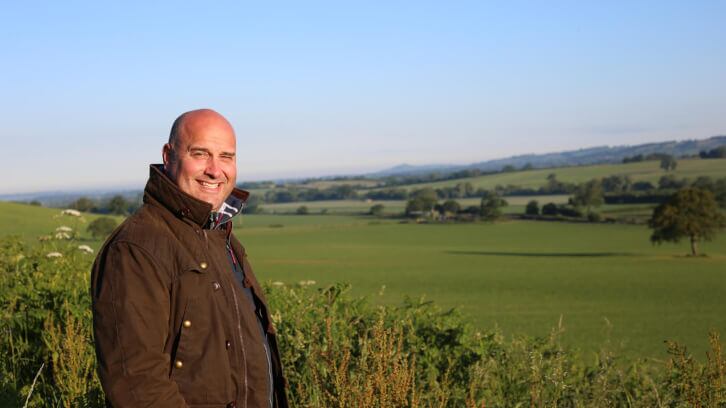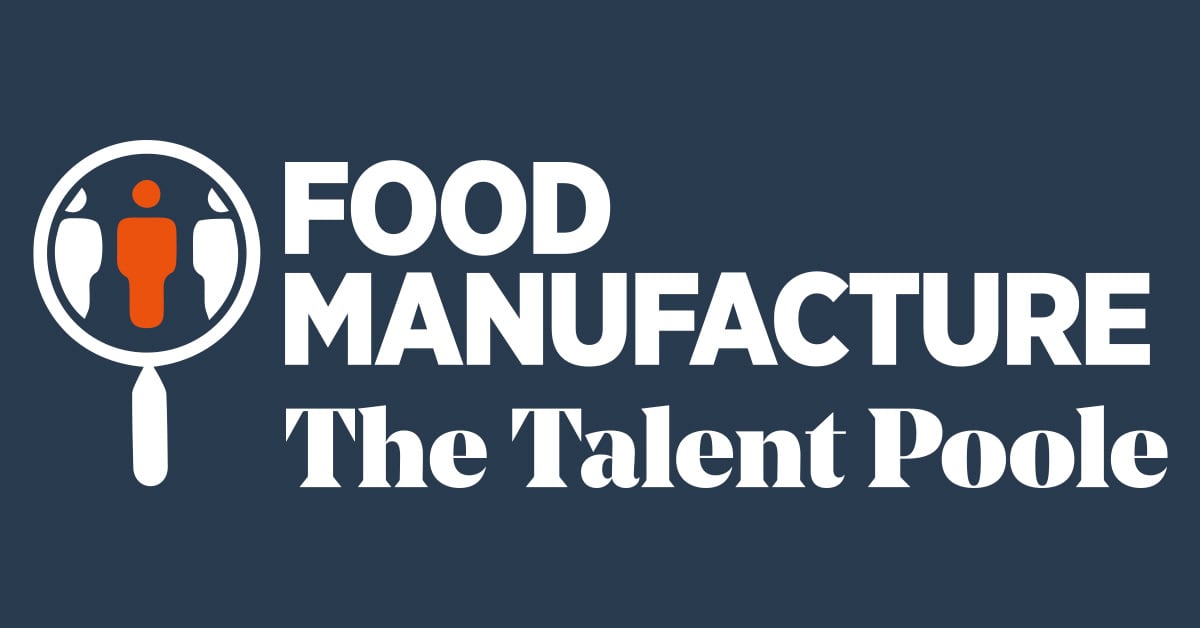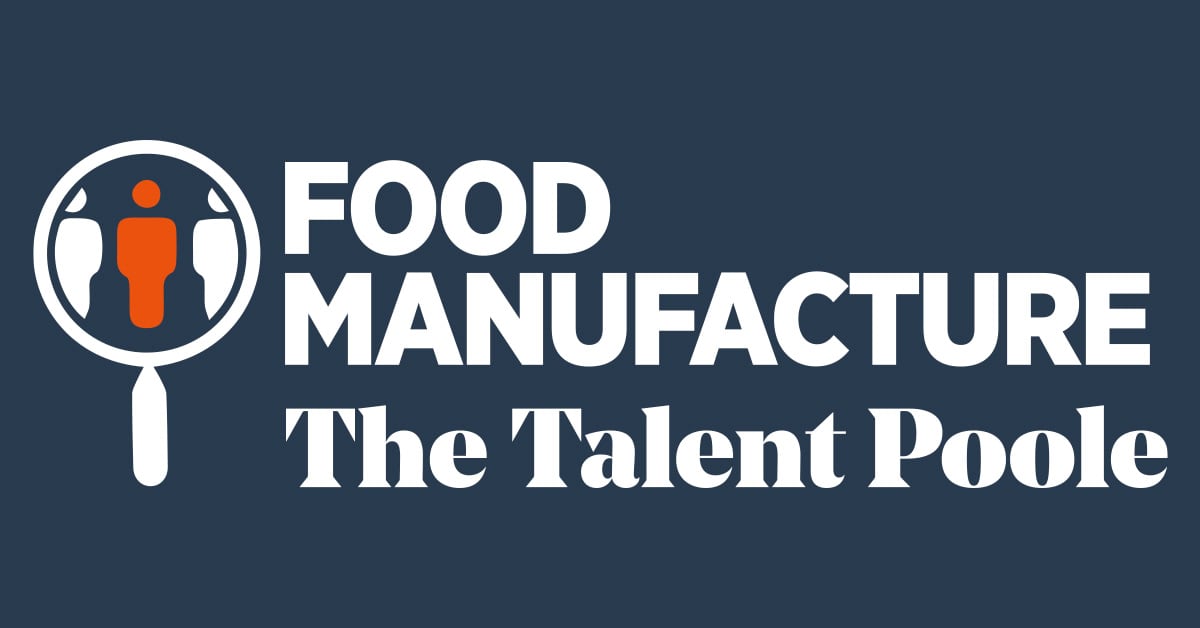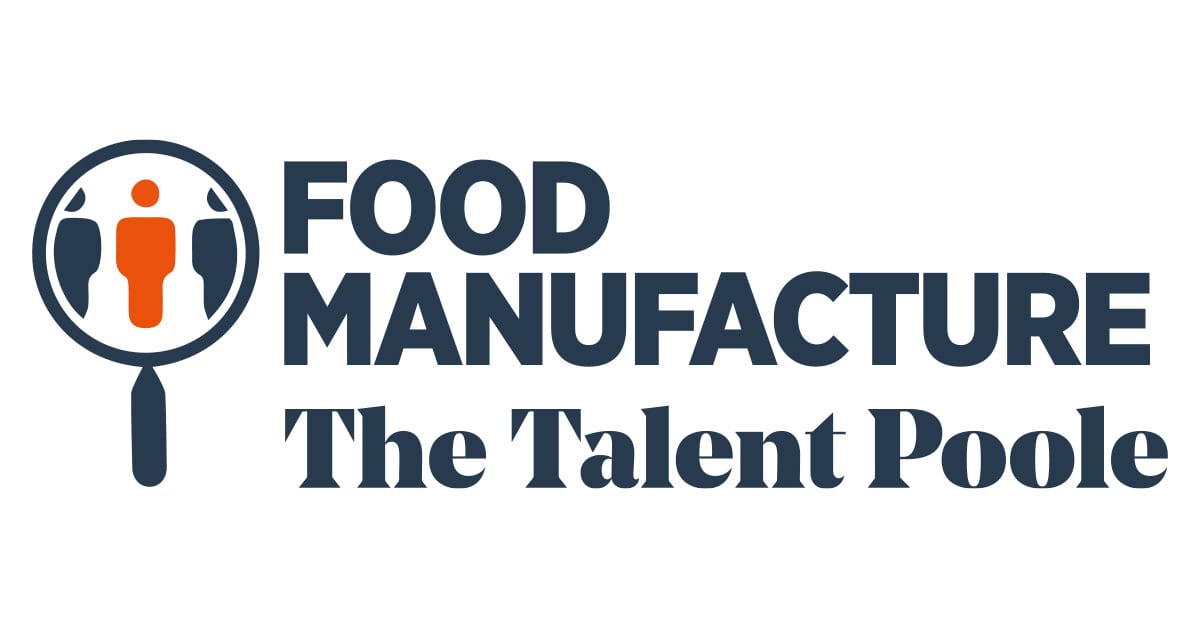A well-developed and articulated strategy is critical for any business. In previous columns of The Talent Poole, business leaders have repeatedly referenced their strategic statements and how they help to inform their planning and decision-making. Clothier was no exception.
“We’re a family business and place a lot of emphasis on our long-term planning. This means pushing our thinking out to 10 years and even longer when considering our involvement in sustainable markets and some of our environmental ambitions,” he said.
So often, on TV programmes such as The Apprentice, you hear the term ‘strategy’ indiscriminately used by both the teams and advisors when, in reality, they are referring to much shorter-term tactics. Only focusing on the short-term can have longer-term cost implications as Clothier warned: “I think there is a real danger that short-term business models can be quite damaging for the food sector. A focus purely on lean manufacturing, for example, doesn’t encourage consideration of upfront investment in overseas markets.”
Remaining responsive
Of course, having a long-term vision doesn’t negate the need for flexibility and responsiveness which are also critical when faced with constantly changing market dynamics and more immediate crises, which we have seen all too often in recent years. On the contrary, such clarity over the longer-term can help guide shorter-term decision-making in these situations.
“If we look back just five years, we faced a much more static trading situation. We have evolved and had to learn how to be far more reactive.”
Clothier continued: “As well as our longer-term strategy, we have also had to define shorter-term phases with milestones and KPIs.”
The foundation of a good strategy
A good strategy is built on a solid understanding of the market in which the business or organisation operates and an equally solid understanding of the capabilities of business itself. A good basis for this understanding can be achieved through the completion of PESTE and SWOT analyses. A PESTE analysis (standing for political, economic, social, technical and environmental) provides a thorough scan of the landscape/environment in which the business operates under each of these headers.

Richard Clothier is a third-generation family member who has been making award-winning cheddar on their Somerset farm since 1861. With Rich as managing director, the Wyke Farms brand has grown consistently by more than 10% year on year and increased distribution to 167 countries worldwide.
Rich has been pivotal in propelling Wyke Farms to become one of the leading south west food businesses and instigated an on-site biogas plant, which is the cornerstone to Wyke Farms 100% Green mission. Wyke Farms has since been named as the most sustainable business in Europe. The company employs 300 people directly across three sites and works with 1,500 other businesses across the region and nationally.
Of course, any analysis is only as good as the perspectives and intelligence collected. This therefore means involving as wide and informed a group as possible. The same applies to the creation of a SWOT analysis (strengths, weaknesses, opportunities and threats). Clothier reflected: “We divide ourselves into teams of people, each focusing on different aspects. Some will focus on our environmental perspectives, others on manufacturing and engineering. Of course, this doesn’t happen in isolation – part of our SWOT analysis is informed by our end of year review – what went well, what could have gone better. This review of the landscape and seeing how we are evolving is also really important for morale.”
Involving the customer
Of course, when gathering intelligence and perspectives to ultimately inform the strategy, it is critical to involve the customer. Clothier agreed: “Our long-term customers need to be brought into and be a part of our strategy. This particularly supports our environmental goals. Just considering our focus on minimising waste – there was a time when customers weren’t interested but this has now changed. It can also mean having to have some difficult conversations. To achieve efficiencies, for example, we may need to look at minimum order levels on a packing run and the introduction of automation has some impact on client flexibility.”
Simplicity and clarity
While there needs to be clarity in a strategy and business plan, this does not mean creating such a long and detailed document that nobody has the time to digest and buy into it. A simply laid-out plan, describing the core strategic statements (purpose, vision and values), high-level strategic objectives and key activities can be very powerful and act as a real focus for both the board and those responsible for delivering it.
Clothier agreed: “It’s important not to over-complicate a plan. It will, of course, set out our vision, but not all the detail. There needs to be a balance so as not to bury people in too much detail – especially those with broader responsibilities.
“Some aspects of our plan are fairly baked-in with little need for change. Other aspects that are faster moving, such as new technologies need to be reviewed and adapted as frequently as every three months.”
Skilling up the team
Ultimately, the delivery of a plan is down to its people. It is therefore critical that the plan is communicated effectively and that people at all levels in the business understand their part in delivering it. The most obvious mechanism to achieve this is through individuals’ personal objectives, agreed within the annual performance appraisal process.
Ensuring you have the right capabilities within the workforce to deliver the strategy into the future is likely to be an element of the plan in its own right. As with many food businesses, attracting and retaining talent is a critical issue for Clothier and the business: “We need to bring new talent into the business and I think we are getting better at career development to support this. We now look develop people in-house and offer training and development up to degree level through the Eden Project.”
Communicating progress
A strategy is only as good as its delivery plan. Frequent monitoring of performance against the plan is critical to ensure shorter-term, but ultimately, strategic goals are reached. Communicating progress against the delivery plan also helps keep everyone focused and motivated. Clothier recognised the importance of this: “We communicate our site objectives for manufacturing and packing but, of course, this can be difficult with shift working.”
Clothier added: “Just as important for us, is the need to keep informed the 150 farmers who are our suppliers. If we loop right back to our strategy, we are increasingly asking them to do more, especially in relation to emissions. We recognise they are an essential part and parcel of the story.”




